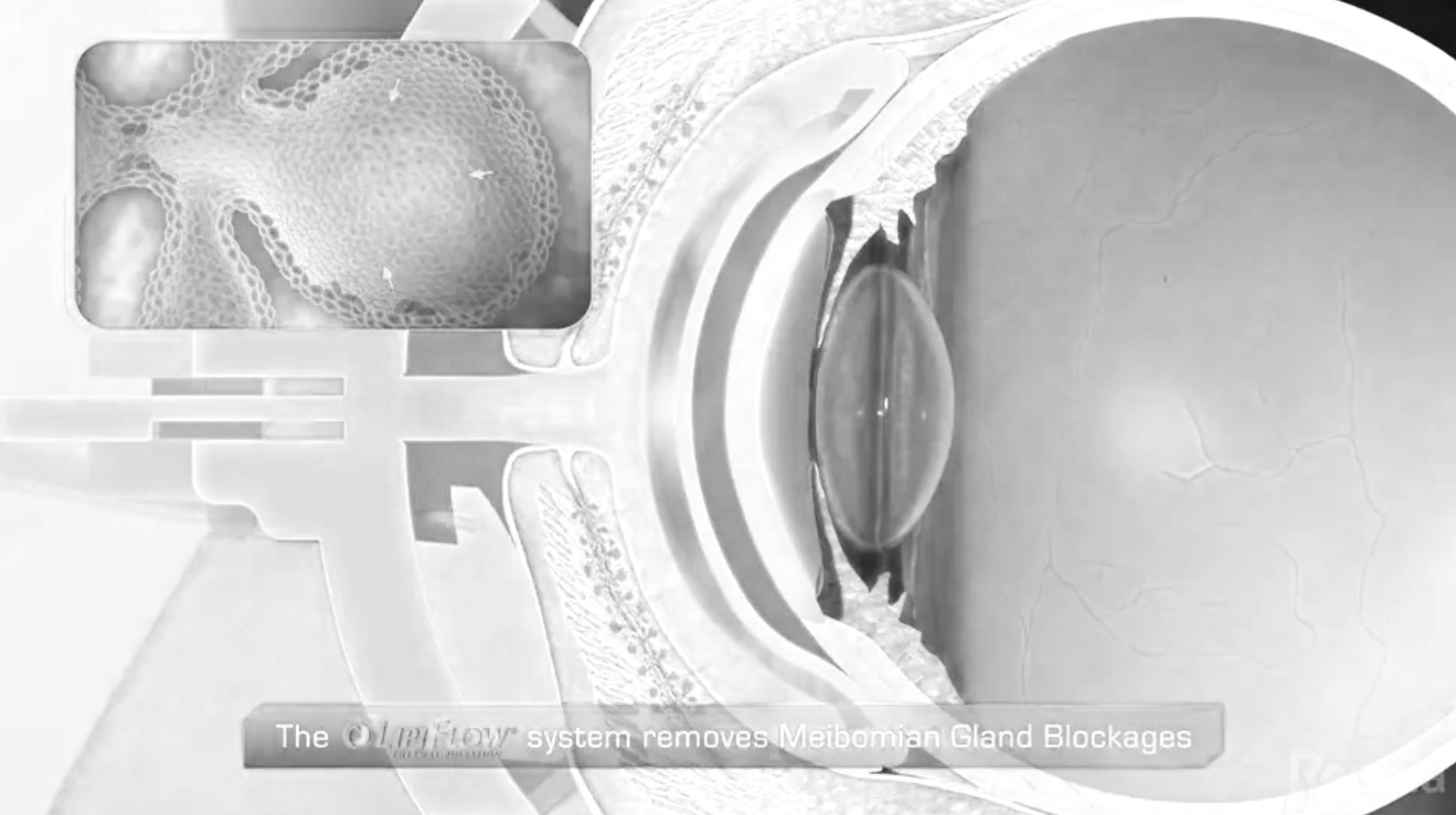
We get it.
Dry eye is an extremely frustrating disease commonly referred to as DED (dry eye disease). But the good news is you came to the right place.
DED affects hundreds of millions of people, producing irritating symptoms that negatively impact quality of life every day. In fact, it is one of the most frequently cited patient issues and a top cause of patient visits in general.
Understanding dry eye

What is dry eye?
TFOS DEWS II report is a groundbreaking study involving clinical and research experts around the world to reach a global consensus on DED.
The report defined dry eye as:
"A multifactorial disease of the ocular surface characterized by a loss of homeostasis of the tear film, and accompanied by ocular symptoms, in which tear film instability and hyperosmolarity, ocular surface inflammation and damage, and neurosensory abnormalities play etiological roles."
In technical terms?
Dry eye is a symptomatic disease, characterized by a vicious cycle of tear film instability and hyperosmolarity, which leads to increased ocular surface inflammation, damage, and neurosensory abnormalities.
In our terms?
It’s treatable. Almost 90% of chronic dry eye sufferers have some compoent of meibomian gland dysfunction (MGD). Meibomian glands produce oils that protect the tear layer on the eye. This means that people with normal tear production can still experience dry eye symptoms because the protective oil layer is deficient and their eye’s water layer evaporates.
The anatomy of a dry eye
Common symptoms
People with moderate to severe DED often report at least two of the following common issues:
Contact lens discomfort
Feeling of sand or grit in the eye
Redness
Burning
Itching
Light sensitivity
Significant pain
Limitations in performing daily activities
Reduced vitality
Poor general health
Depression
Our approach

Diagnosing dry eye
To accurately diagnose the cause of your dry eye, we consider many factors to establish appropriate and effective treatment and care.
TESTS WE PERFORM:
Subjective symptom assessment- (patient questionnaire)
Tear Volume (Phenol Red or Schirmers)
Presence of Inflammation (mmp-9 Biomarker)
Concentration of Tears (Tearlab)
Meibomian Gland Structure (Lipiscan)
The amount of oil in tears. (Tear break-up time)
Lid Hygiene Assessment (Presence of Blepharitis)
Treating dry eye
Once properly diagnosed, treatments can involve one or multiple of the following:
Preservative free Artificial Tears
Lid hygiene — In office or at home.
Supplementation — The use of Omega 3.
Anti-inflammatory medications: Restasis or Xiidra
Warm Compresses- Bruder Mask
IPL — Intense pulsed light
Eyelid Thermal Pulsation treatment Lipiflow
As part of our treatment capabilities, we can administer treatment using LipiFlow® Thermal Pulsation. This non-invasive procedure is done in-office and only takes 12 minutes. Using this system, we can provide immediate relief for patients whose dry eye is some MGD (Meibomian Gland Dysfunction) component.
HOW LIPIFLOW THERMAL PULSATION WORKS:
Lipiflow Activators are single-use sterile devices that safely and comfortably deliver a combination of heat to the inner lids and simultaneous therapeutic massage to the outer lids, removing blockages from the Meibomian glands. After removing those obstructions, your glands are able to produce the oils essential to protecting your eyes from MGD (Meibomian Gland Dysfunction).
Who we are
Since 1995, the Occhiali Eyeglass storefront has been a fixture in Chicago’s Old Town neighborhood and has been growing every since, not only as an authority on luxury eyewear and keratoconus care, but as one of the city’s most trusted practices. Learn more about our team and Dr. Robert Lopez.
Book your appointment
LOCATION
1640 North Wells Street
Chicago, Illinois 60614
P: 312.255.1977
F: 312.255.1979
E: occhialiltd@gmail.com
HOURS
Monday: 10 - 6
Tuesday: 10 - 6
Wednesday: 10 - 6
Thursday: 10 - 6
Friday: Closed
Saturday: 9 - 3*
Sunday: Closed
*Closed every other Saturday
PARKING
Validated valet parking available in adjacent Americana Tower Building.






